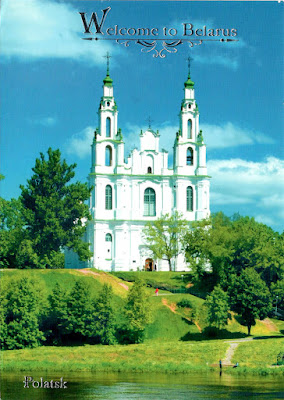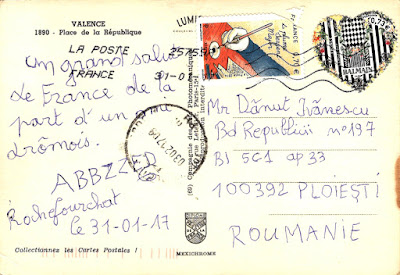 |
| 2486 Kashubian traditional dress |
Posted on 23.04.201, 24.02.2017
Kashubians (Kashubian: Kaszëbi; Polish: Kaszubi; German: Kaschuben) are a West Slavic ethnic group in Pomerelia, a historical region in northern Poland, located on the southern shore of the Baltic Sea and west of the Vistula river. They speak the Kashubian language, classified either as a separate language closely related to Polish, or a Polish dialect. Gdynia contains the largest proportion of people declaring Kashubian origin, but the biggest city and the traditional capital of Kashubia is Gdańsk.
 |
| 2967 A Kashubian dance |
Kashubians descend from the Slavic Pomeranian tribes, who had settled between the Oder and Vistula Rivers after the Migration Period, prior to the arrival of the Poles, and were at various times Polish and Danish vassals. Despite strong Germanization, Kashubian think about themselves as Poles, and the motto is "There is no Kashubia without Poles and Poland without Kaszubians". Today, in some towns and villages in Pomeralia, Kashubian is the second language spoken after Polish, and it is taught in regional schools.















































